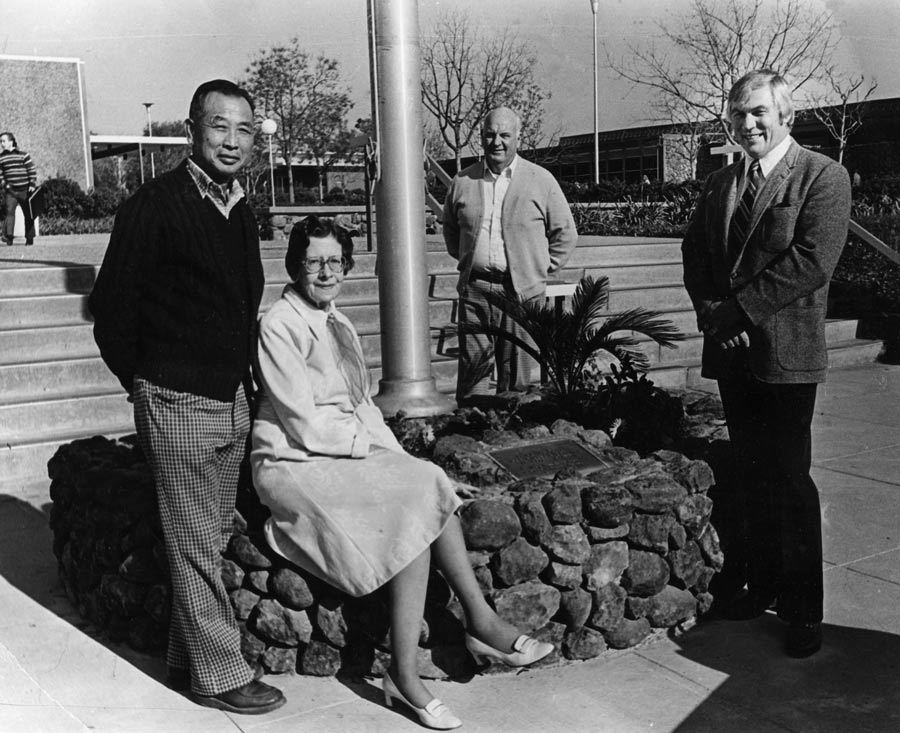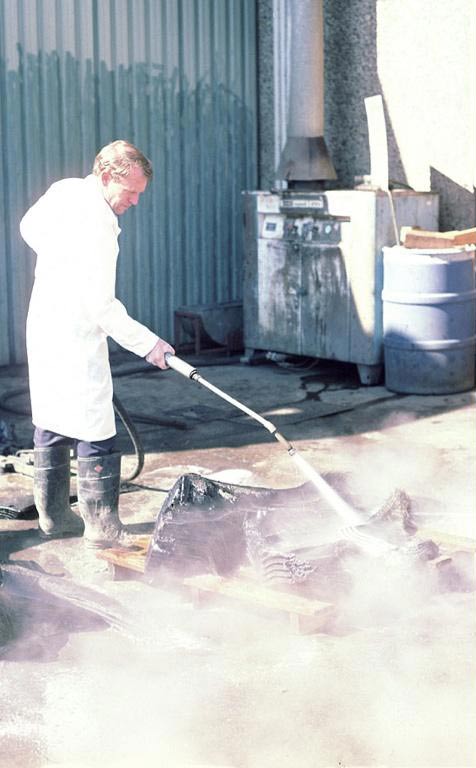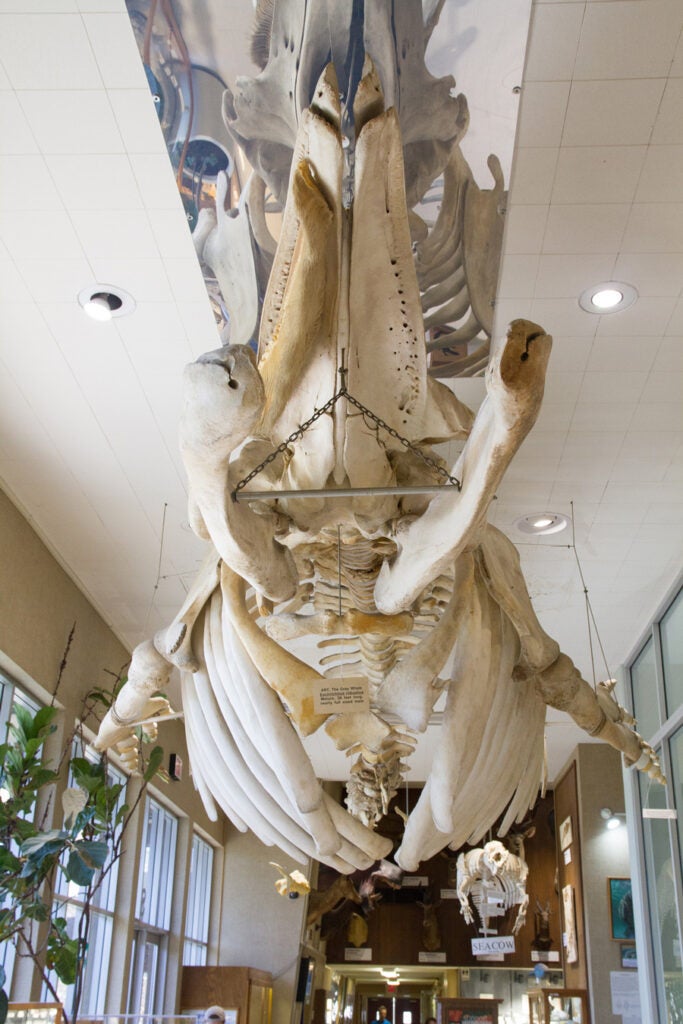Sierra College has announced that its issuance rating for the second series of Measure E bonds has been upgraded by Moody’s to Aaa from Aa1. The Aaa rating is rare for a community college.
“Only a handful of community college districts have achieved that rating,” noted Sierra College Superintendent/President Willy Duncan. “It signifies that the District is one of the safest investments on the market. Overall, it reflects the ongoing commitment of the Board of Trustees to the fiscal health of the District.”
As rationale for the upgrade, Moody’s noted the District’s solid financial performance, conservative fiscal practices, and projected future increases in assessed value (AV). Due largely to the upgraded credit rating, the District also refinanced general obligation bonds for School Facilities Improvement District No. 1 (Tahoe-Truckee Campus), and School Facilities Improvement District No. 2 (Nevada County Campus) for a combined taxpayer savings exceeding $1,850,000.
“We are very proud of achieving the highest bond rating, and we would like to commend the District staff for their fastidious efforts managing not only the Measure E funds, but the general purpose funds that support the operations of the college,” said Carol Chilton Garcia, Sierra College Board of Trustees President. “I would also like to recognize the community members on the Citizens Bond Oversight Committee for volunteering their time to provide oversight and review of the Measure E projects. Their contribution has been essential to this process.”
Proceeds from the bond sale will fund the next phase of Facilities Master Plan projects on the Rocklin campus including a new 77,000 square foot instructional building and a new science facility. The first phase consisted of campus-wide infrastructure improvements, a campus center renovation, and a new parking facility.
“The Measure E construction program is making significant improvements to the Rocklin campus that will benefit students and the community for generations to come,” added President Duncan.
About Measure E
The majority of Sierra College’s Rocklin campus facilities and infrastructure was constructed in the 1960s. Although the college has done an excellent job of maintaining these facilities, many of our buildings and infrastructure systems are now well beyond their useful life and in need of major renovation or replacement. In 2017, the college updated its Facilities Master Plan, establishing a long-term vision for the Rocklin campus and, in June 2018, the community approved Measure E to fund the implementation of the first phase of this Master Plan. More information at www.sierracollege.edu/bond
About Sierra College
The Sierra Joint Community College District is rising to the needs of our community. Sierra College serves 3,200 square miles of Northern CA with campuses in Roseville, Rocklin, Grass Valley, and Truckee. With approximately 125 degree and certificate programs, Sierra College is ranked first in Northern California (Sacramento north) for transfers to four-year universities, offers career/technical training, and classes for upgrading job skills. Sierra graduates can be found in businesses and industries throughout the region. More information at www.sierracollege.edu





